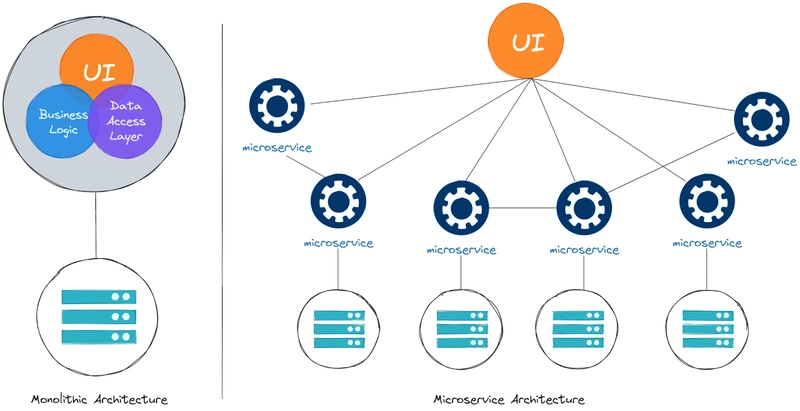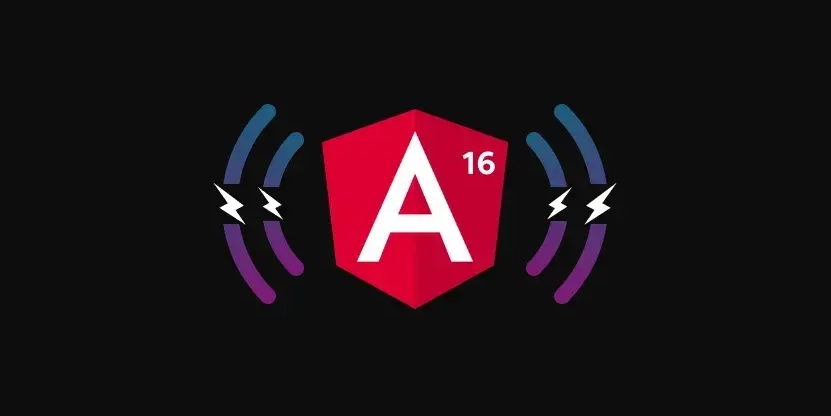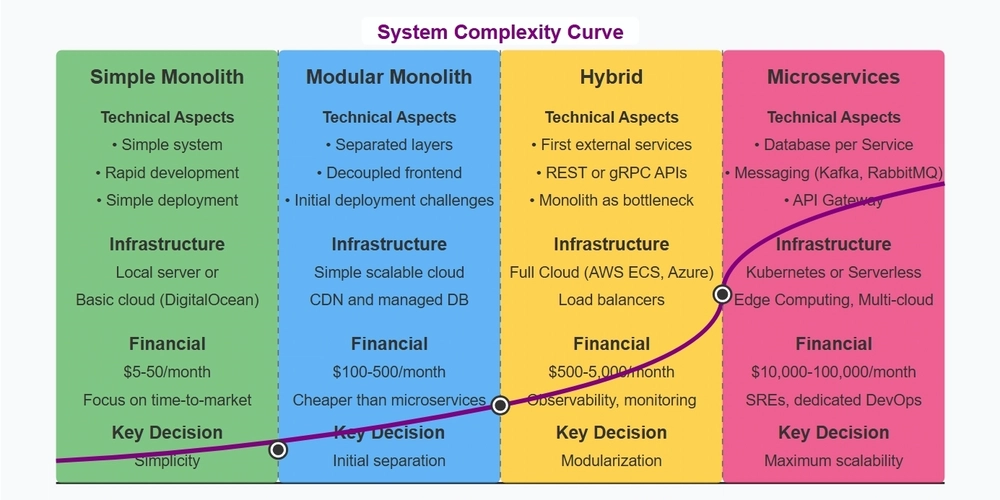Cloud Native Architecture: A Simple Introduction
When we hear "cloud native," it can sound like a buzzword — but at its core, it's about one thing: building better software for the cloud. Cloud Native Architecture is about designing apps that are: - Cost-efficient - Reliable - Fast to market It’s not just about technology — it’s also a mindset shift. The Cloud Native Computing Foundation defines it perfectly: Cloud native technologies empower organizations to build and run scalable applications in modern, dynamic environments such as public, private, and hybrid clouds. In simpler words: you're building apps that thrive in the cloud, using containers, service meshes, microservices, immutable infrastructure, and declarative APIs. Traditional (Monolithic) vs Cloud Native (Microservices) Old-school (legacy) apps were often monolithic all-in-one packages with everything (UI, product catalog, shopping cart, checkout) bundled tightly together. Monoliths are simple to start with but painful to scale, update, or manage when complexity grows. Now imagine breaking that massive app into smaller, independent pieces called microservices. Each microservice: - Handles just one job (like checkout or product listing) - Can be scaled separately - Can be updated independently - Can be owned by different teams If your checkout service suddenly gets slammed with traffic, you can scale just that service — no need to touch the whole app. The Catch? Cloud native isn't magic. You need - Good architecture practices - Strong DevOps culture - Observability - Automation everywhere More flexibility comes with more complexity. But if done right, the payoff is huge. Final Thoughts Cloud native is more than just a tech trend, it's a new way of thinking about how we design, build, and scale applications for today's users. If you’re stepping into cloud development or DevOps, understanding these principles early can seriously level up your career. cloudnative #devops #microservices #cloudcomputing #softwarearchitecture #aws #kubernetes #devto

When we hear "cloud native," it can sound like a buzzword — but at its core, it's about one thing: building better software for the cloud.
Cloud Native Architecture is about designing apps that are:
- Cost-efficient
- Reliable
- Fast to market
It’s not just about technology — it’s also a mindset shift.
The Cloud Native Computing Foundation defines it perfectly:
Cloud native technologies empower organizations to build and run scalable applications in modern, dynamic environments such as public, private, and hybrid clouds.
In simpler words: you're building apps that thrive in the cloud, using containers, service meshes, microservices, immutable infrastructure, and declarative APIs.
Traditional (Monolithic) vs Cloud Native (Microservices)

Old-school (legacy) apps were often monolithic all-in-one packages with everything (UI, product catalog, shopping cart, checkout) bundled tightly together.
Monoliths are simple to start with but painful to scale, update, or manage when complexity grows.
Now imagine breaking that massive app into smaller, independent pieces called microservices.
Each microservice:
- Handles just one job (like checkout or product listing)
- Can be scaled separately
- Can be updated independently
- Can be owned by different teams
If your checkout service suddenly gets slammed with traffic, you can scale just that service — no need to touch the whole app.
The Catch?
Cloud native isn't magic.
You need
- Good architecture practices
- Strong DevOps culture
- Observability
- Automation everywhere
More flexibility comes with more complexity.
But if done right, the payoff is huge.
Final Thoughts
Cloud native is more than just a tech trend, it's a new way of thinking about how we design, build, and scale applications for today's users.
If you’re stepping into cloud development or DevOps, understanding these principles early can seriously level up your career.









































































